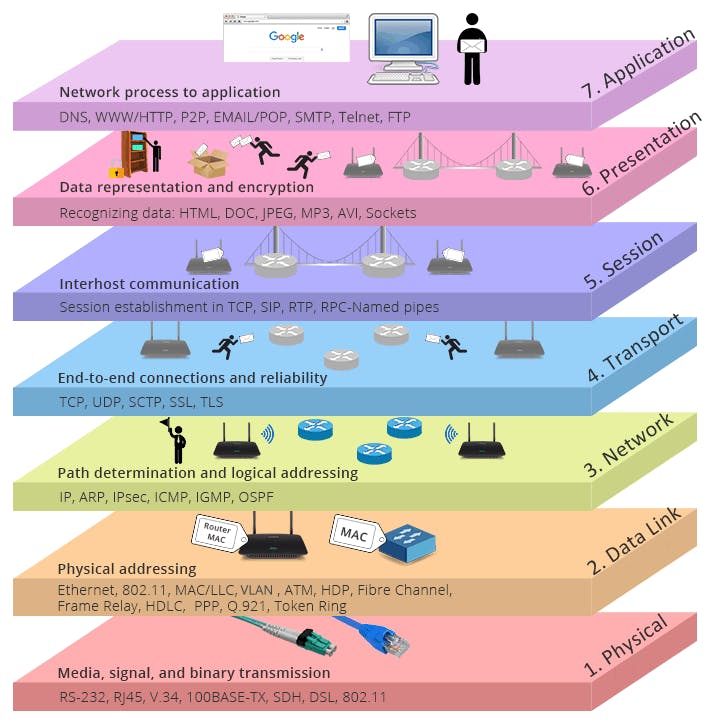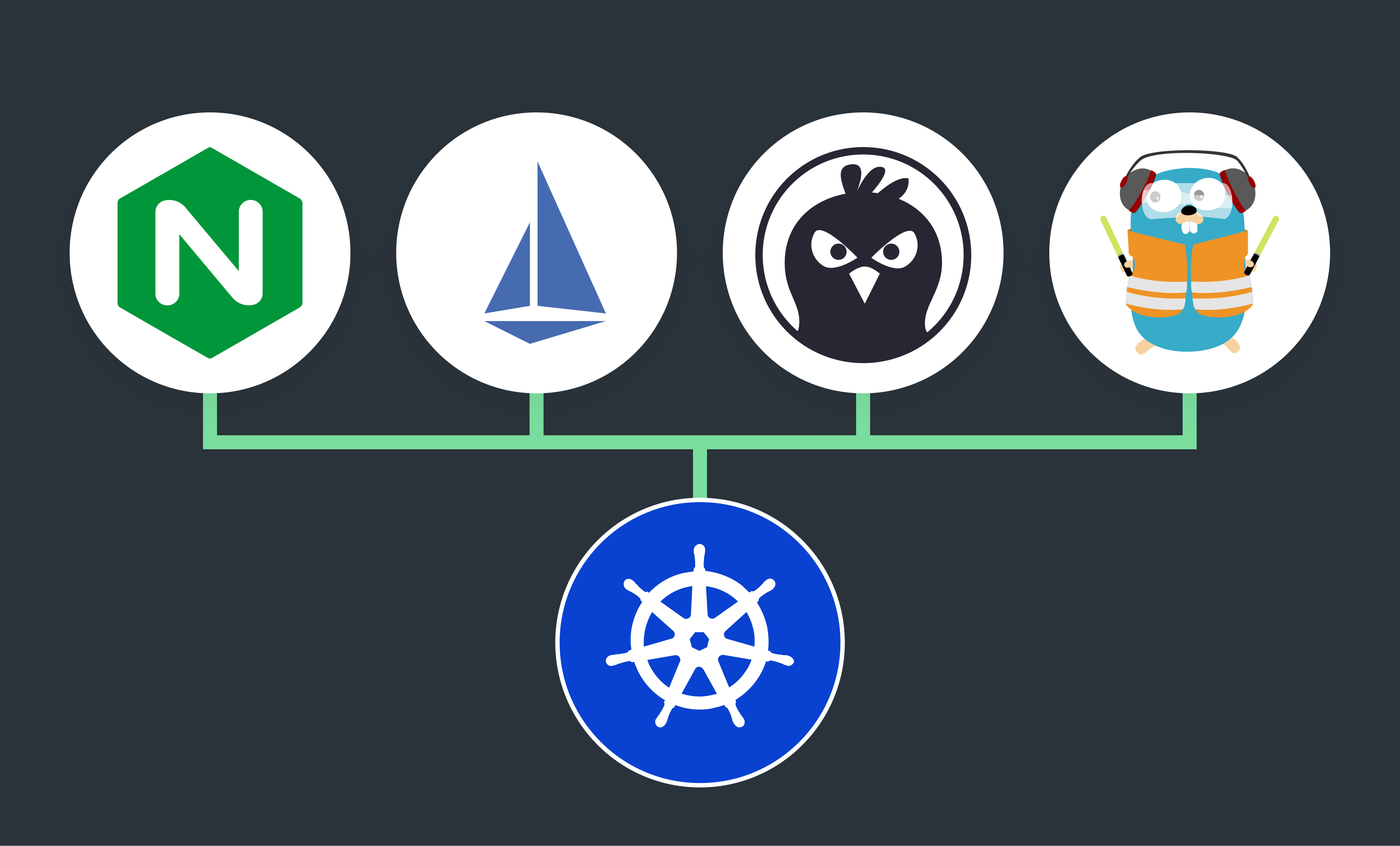
At the heart of Kubernetes are Services, which provide a way to expose your applications within the cluster. However, there are situations where Services alone may not be sufficient to handle all your networking needs. In such cases, Kubernetes Ingress comes to the rescue. In this blog post, we'll explore why, even with Kubernetes Services, Ingress is a valuable tool for managing application traffic.

However, Services primarily operate at Layer 4 (transport layer) of the OSI model. This means they can route traffic based on IP address and port numbers, but they lack the ability to make routing decisions based on the HTTP request, such as URL paths or hostnames. This is where Kubernetes Ingress comes into play.
The Need for Ingress
Kubernetes Ingress extends the capabilities of Services by providing a Layer 7 (application layer) load balancing solution. It allows you to route traffic to different services based on various criteria like the HTTP request's host, path, or headers. Here are some reasons why Ingress is beneficial even when you have Kubernetes Services:

Host-Based Routing: Ingress enables you to route traffic based on the hostname in the HTTP request. This is useful when you have multiple applications or microservices running in the same cluster and want to differentiate traffic based on the domain name. Without Ingress, you'd need to assign a unique IP address and port combination for each service, which is not practical.
Path-Based Routing: Ingress allows you to route traffic to different Services based on the URL path of the incoming request. For example, you can route requests to
/apito one service and requests to/appto another service. This simplifies application management and ensures clean separation of concerns.TLS Termination: Ingress provides a convenient way to terminate TLS (SSL) encryption, handling the SSL certificates and decryption for you. This is especially useful for securing web applications without requiring changes to your individual services.
Load Balancing and Traffic Shaping: Ingress controllers often offer sophisticated load balancing algorithms, traffic shaping, and rate limiting capabilities. This is beneficial for controlling the distribution of traffic across your services, ensuring high availability and performance.
Rewrite and Redirection: Ingress allows you to perform URL rewrites and redirections. You can rewrite URLs, remove or add prefixes, or redirect traffic to a different location, providing a way to create user-friendly URLs or handle legacy application paths.
Global Access Control: Ingress controllers can enforce access control policies, allowing you to restrict access to your services at the application layer. You can configure authentication, authorization, and other security policies in one central location.
Centralized Configuration: Ingress simplifies the management of your networking configurations. You define routing rules, SSL settings, and other routing details in a single Ingress resource, making it easier to manage complex traffic routing scenarios.

It offers advanced features for traffic routing, load balancing, security, and more at the application layer, providing finer control over how external traffic is directed to your services.
Kubernetes Ingress is a valuable addition to your Kubernetes when you need more control and flexibility over how your applications are exposed and accessed. It complements Services by addressing the limitations associated with basic L4 routing, helping you manage complex routing scenarios and enhancing the overall reliability and security of your applications. So, even when you have Services in Kubernetes, Ingress can be a powerful ally in your quest for efficient and secure application deployment.


